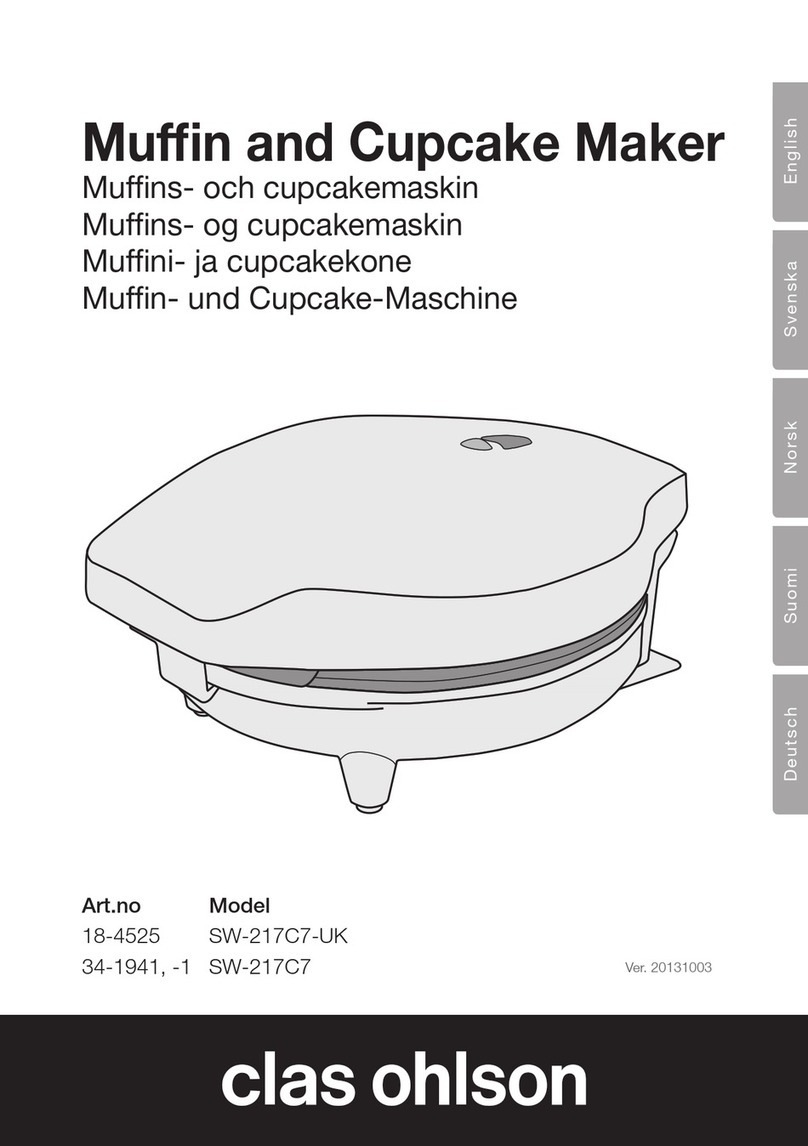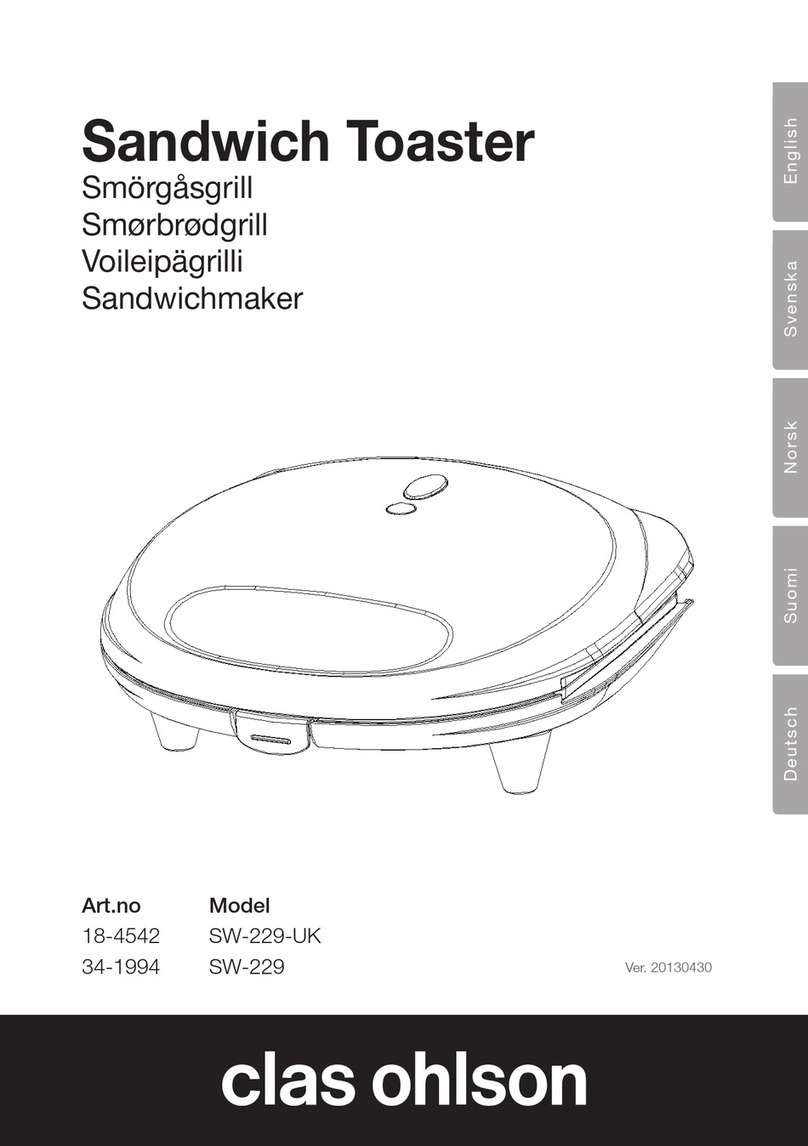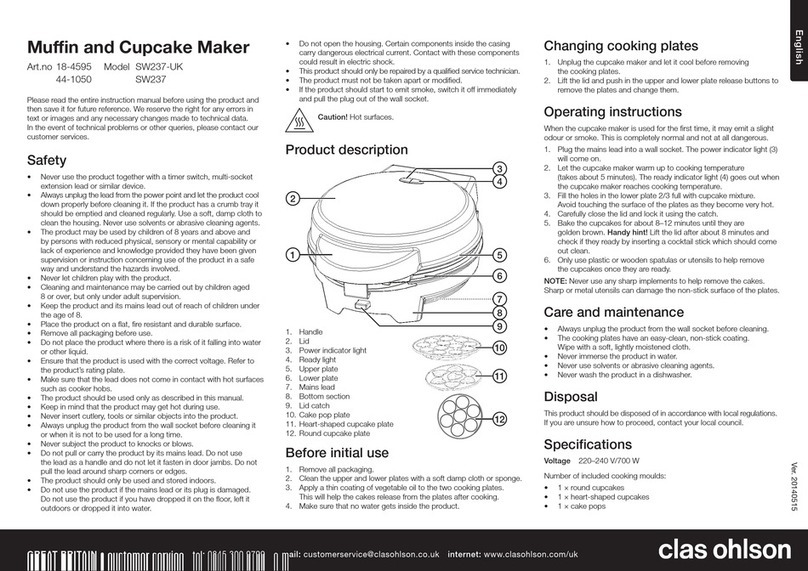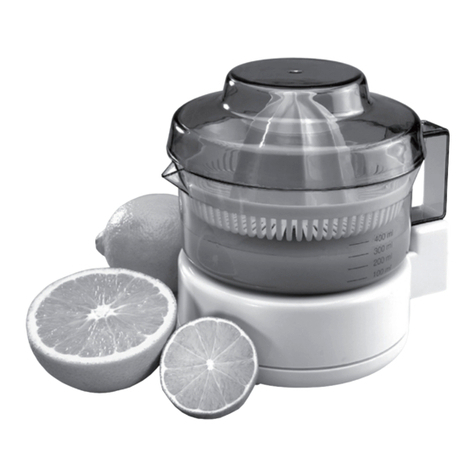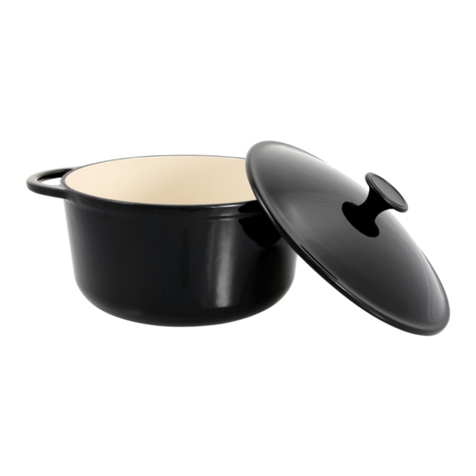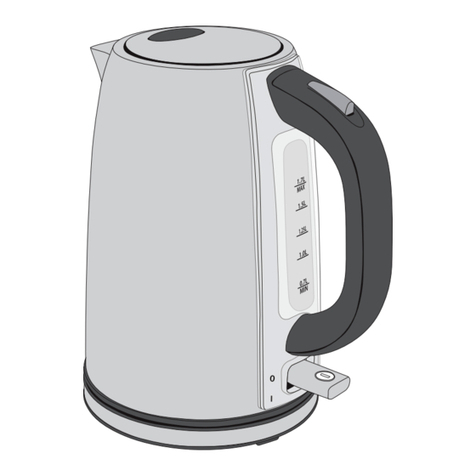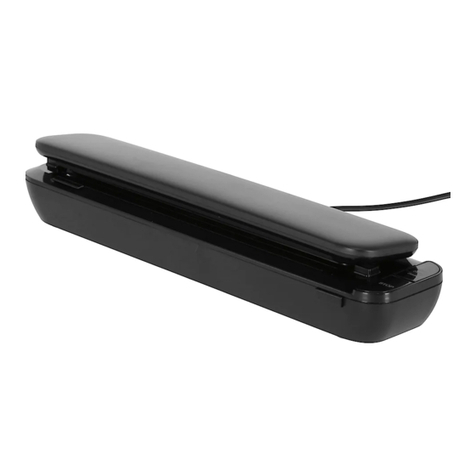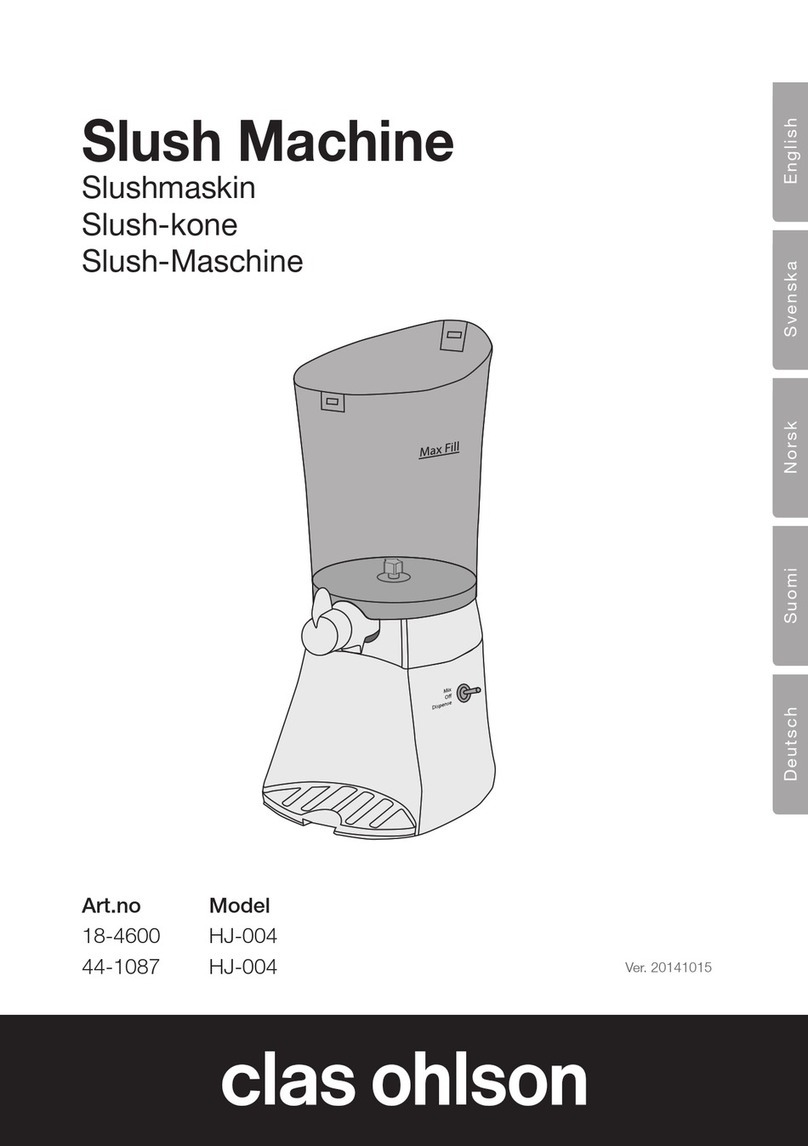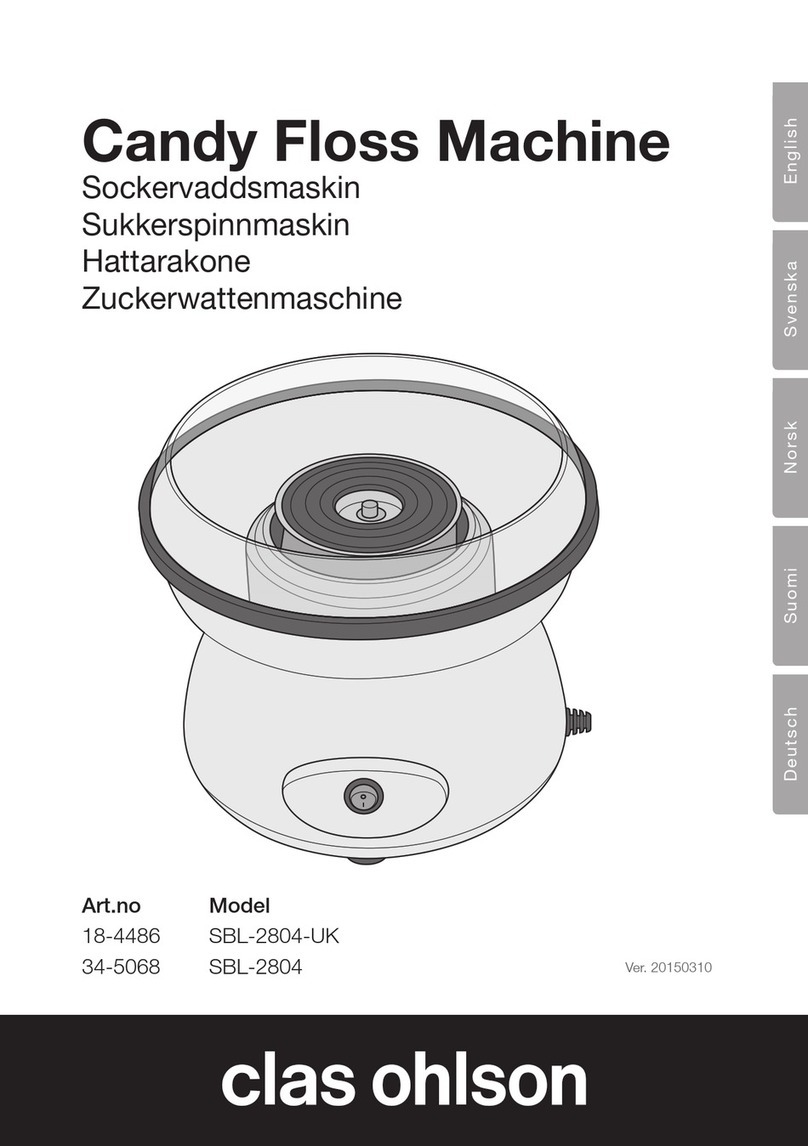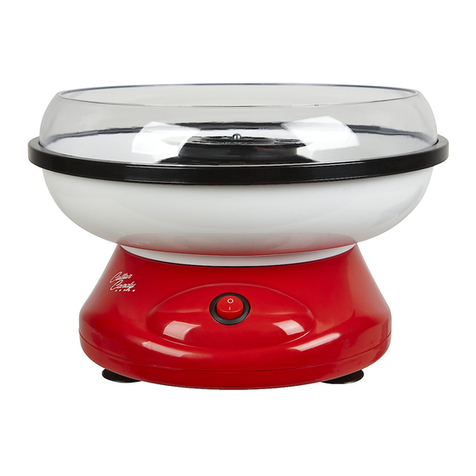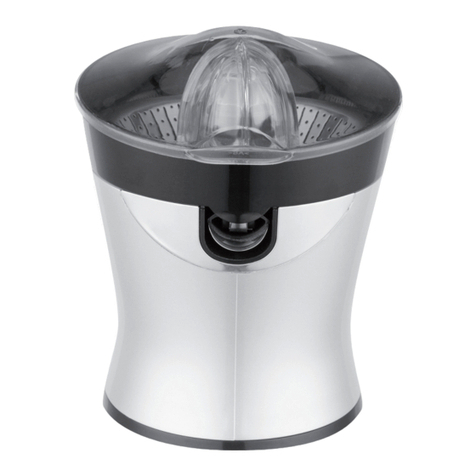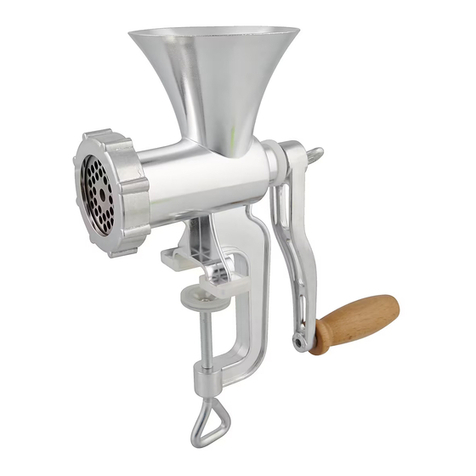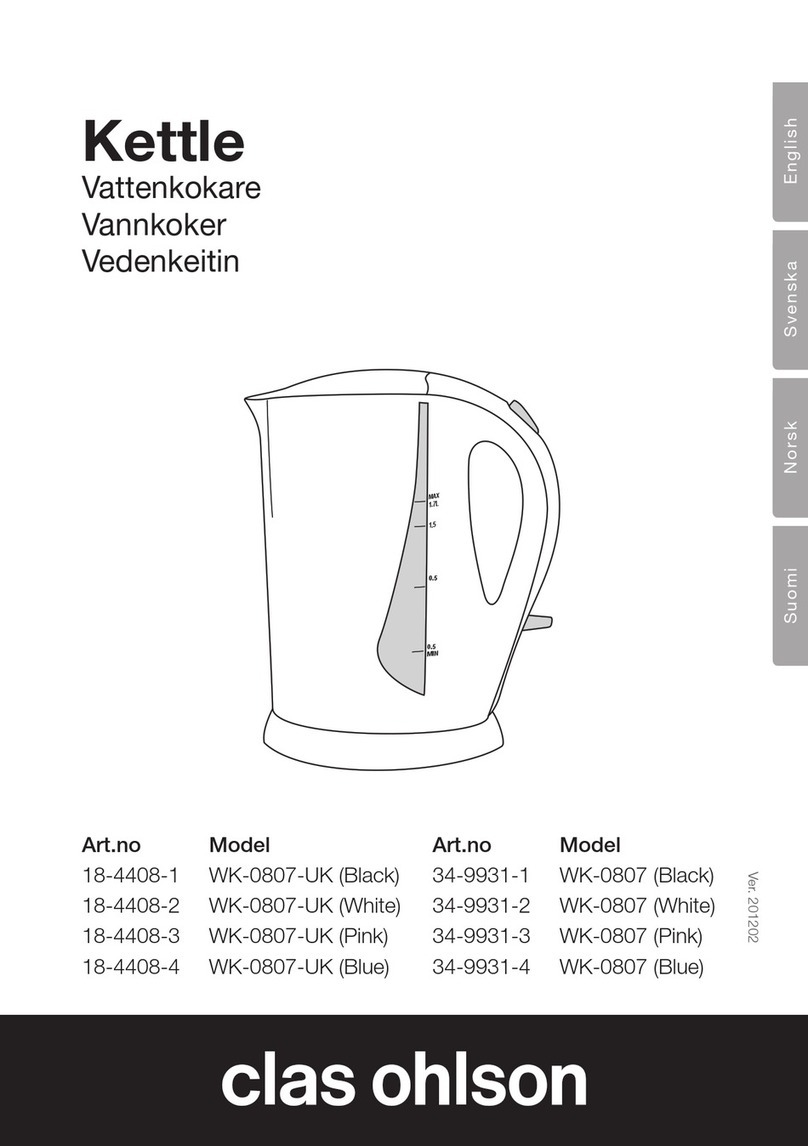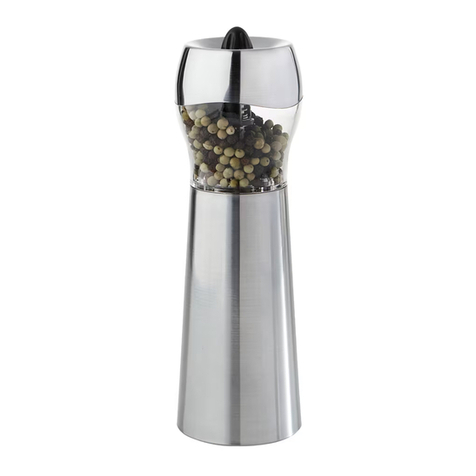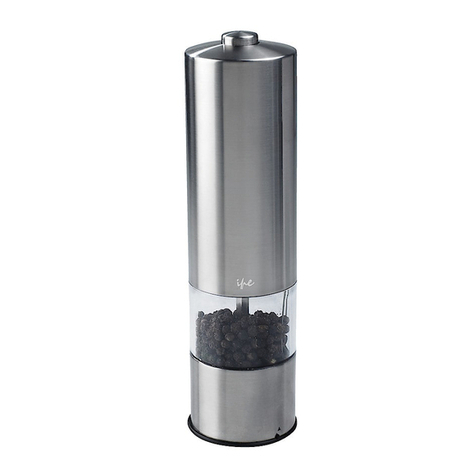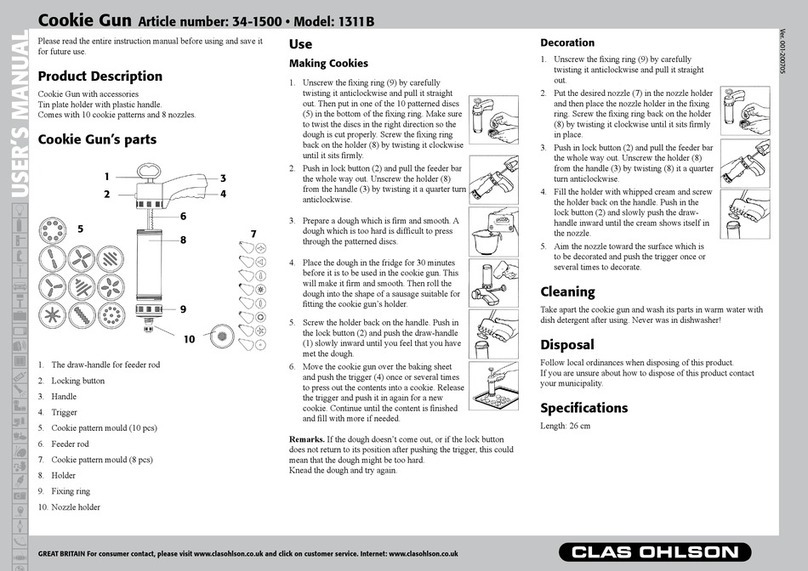
6
English
Dehydration
Drying or dehydrating is one of theoldest methods of food preservation. Food contains
acertain amount of water which can be removed by dehydration. Removing themoisture
from foodstuffs prevents thegrowth of bacteria and moulds which would otherwise
cause thefood to deteriorate. This makes it possible to keep foodstuffs for several
years under favourable conditions. Dehydration concentrates thearomatic substances
in foodstuffs and intensifies theflavour. Dehydration is anenvironmentally friendly
method of preservation which uses no preservatives and one in which thefoodstuffs
retain most of their vitamins and minerals. Dehydration is suitable for fruits, vegetables,
mushrooms, herbs and teas.
Theair is warmed up and blown through thedrying racks, causing most of themoisture in
thefood to evaporate and be blown out through theopenings in thelid. Thecontents
of every drying tray will be dried but thetrays must be swapped around in order
for their contents to be dried as efficiently and evenly as possible. Thecontents of
thelowest tray will be dried themost efficiently, so thetrays should all be circulated
through thedifferent positions at regular intervals.
Operating instructions
Before using for thefirst time
1. Remove all packaging.
2. Place thedehydrator on aflat stable and heat-resistant surface. Bear in mind that
it is unwise to move thedehydrator during thedrying process. Make sure that
there is at least 15cm free space around theoutside of thedehydrator to ensure
adequate air circulation in and around thedehydrator.
3. Fit all the (empty) drying trays and then thelid onto thebase unit. Switch thedehy-
drator on and let it run empty for about 30 minutes before switching it off and
letting it cool down (this only needs to be done prior to initial use). Wash thedrying
trays and thelid, rinse and dry them thoroughly. Thedehydrator might emit aslight
odour of burning thefirst time it is used, but this is quite normal. Wipe theexterior
of thebase unit with adamp cloth.
Preparations
1. Wash or clean theraw ingredients before drying to cleanse them of any traces of
chemicals, dirt, insects, etc.
2. Inspect any fruit or veg before placing it onto thedrying tray. Remove any food that
is discoloured, overripe, or damaged, otherwise it could ruin everything on thetray.
3. Slice thefood to be dried into 6mm thick slices. Thinner slices will dry quicker
but they will shrink more. Slices of unpeeled fruit should be laid with thecut side
facing up. Lay each piece separately so that it does not overlap any of theothers
on thetray.
